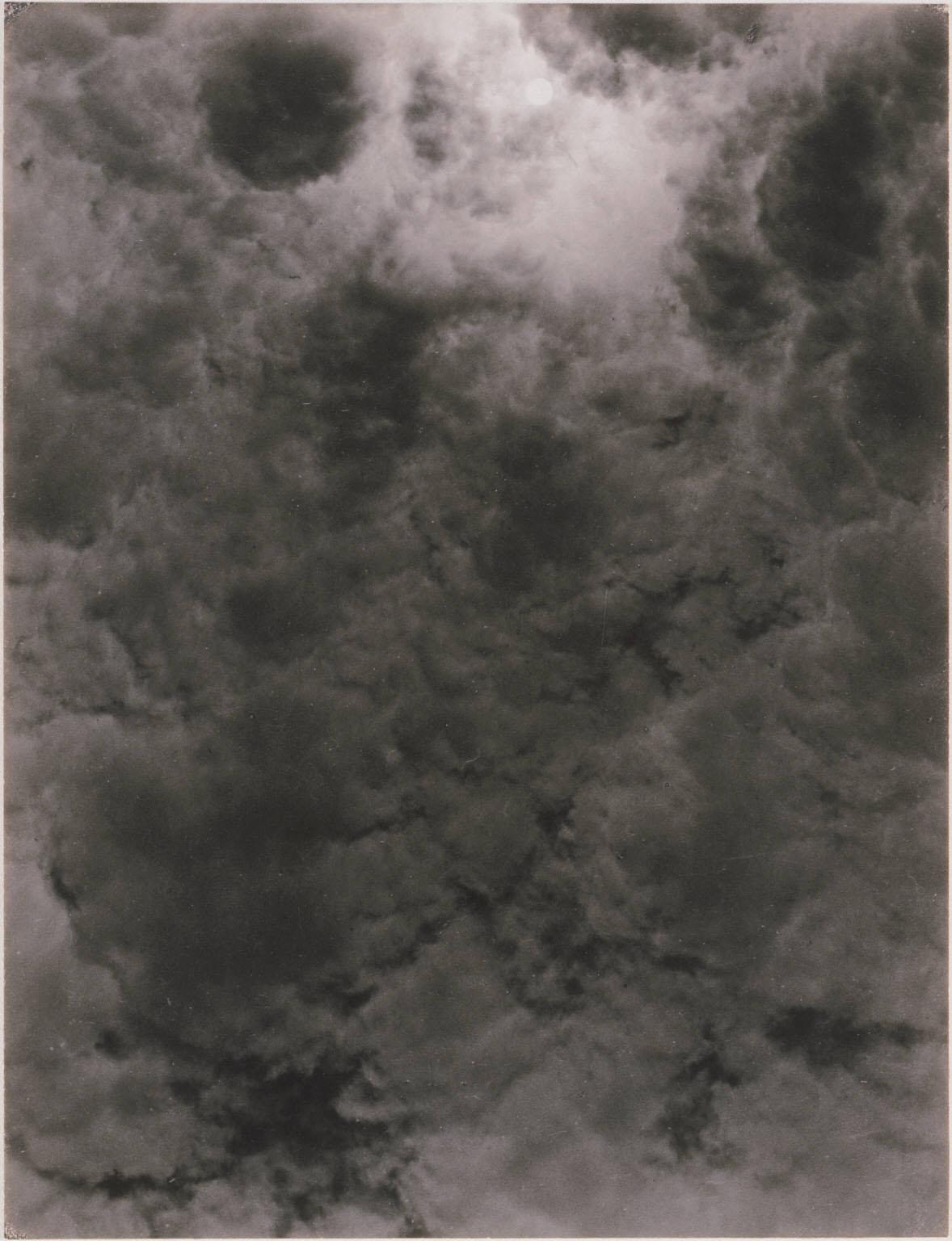Equivalent
Alfred Stieglitz ( 1925 )

Through his activities as a photographer, critic, dealer, and theorist, Alfred Stieglitz had a seminal influence on modern art in America during the early Twentieth Century. Born on January 1, 1864, in Hoboken, New Jersey, Stieglitz moved with his family to Manhattan in 1871 and to Germany in 1881. Enrolled in 1882 as a student of mechanical engineering in Technische Hochschule in Berlin, he was first exposed to photography when he took a photo-chemistry course from Wilhelm Vogel in 1883. From then on he was involved in the photographic medium, first for its technical and scientific challenge, and later for its artistic one. In 1896, he joined the Camera Club in New York, and managed and edited Camera Notes, its quarterly journal. In 1905, in order to provide exhibition space for the group, he founded the first of his three New York galleries, the Little Galleries of the Photo-Secession, which came to be known as Gallery 291. The gallery came to be known as the fulcrum of American Modernism, where many great American artists exhibited their work, including Georgia O’Keeffe, whom he married subsequently in 1924.
In 1949 Georgia O’Keeffe honored the long friendship between Alfred Stieglitz and Duncan Phillips with a gift of nineteen photographs from Stieglitz’s series of cloud photographs. Stieglitz photographed clouds from 1922 into the thirties. A symbolist aesthetic that was nourished by Kandinsky’s visionary philosophy formed their theoretical basis, and he considered them “equivalents of… my most profound life experiences.” Duncan Phillips described Stieglitz’s photographs of clouds as “miracles of sensitized individual perception and interpretation while remaining true to the medium’s… concern with objective truth.”